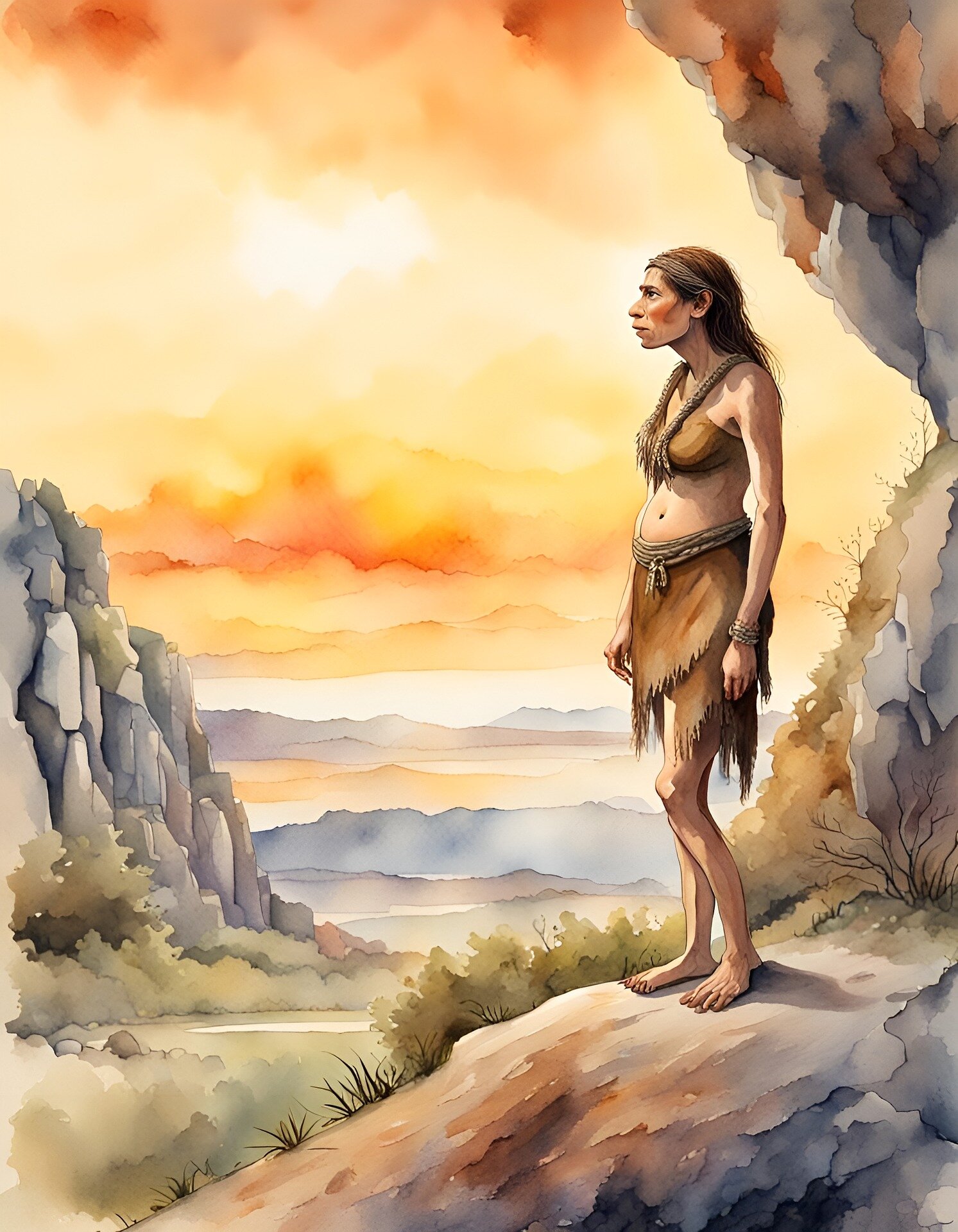
× Close
Credit: Pixabay/CC0 Public Domain
A new research paper finds that genetic material from Neanderthal ancestors may have contributed to the tendency of some people today to be “early risers,” that is, the type of people who feel more comfortable getting up and going to bed early.
The results are published In the magazine Genome biology and evolution.
All anatomically modern humans trace their origin to Africa about 300,000 years ago, where environmental factors shaped many of their biological traits. About 70,000 years ago, the ancestors of modern Eurasian humans began migrating into Eurasia, where they encountered diverse new environments, including higher latitudes with greater seasonal variation in daylight and temperature.
But other hominins, such as Neanderthals and Denisovans, lived in Eurasia for more than 400,000 years. Ancient hominins diverged from modern humans about 700,000 years ago, and as a result, our ancestors and ancient hominins evolved under different environmental conditions. This led to the accumulation of genetic variation and lineage-specific phenotypes. When humans came to Eurasia, they interbred with ancient hominins on the continent, and this created the possibility that humans would acquire genetic variants that were actually adapted to these new environments.
Previous work has demonstrated that many ancient hominin variants in modern humans were not beneficial and were removed by natural selection, but some ancient hominin variants remaining in human populations show evidence of adaptation. For example, ancient genetic variants have been associated with differences in hemoglobin levels at higher altitudes in Tibetans, immune resistance to new pathogens, levels of skin pigmentation, and lipid composition.
Changes in the pattern and level of light exposure have biological and behavioral consequences that can lead to evolutionary adaptations. The evolution of circadian adaptation in insects, plants and fish has previously been extensively explored by scientists, but it has not been well studied in humans.
The Eurasian environments in which Neanderthals and Denisovans lived for several hundred thousand years are located at higher latitudes with more variable daytimes than the landscapes in which modern humans evolved before leaving Africa. Thus, the researchers explored whether there was genetic evidence of differences in the biological clocks of Neanderthals and modern humans.
The researchers identified a set of 246 circadian clock genes through a combination of literature searches and expert knowledge. They found hundreds of breed-specific genetic variants with the potential to affect genes involved in the circadian clock. Using artificial intelligence methods, they highlighted 28 circadian clock genes that contain variants with splicing-altering potential in ancient humans, and 16 circadian clock genes that are likely to be differentially regulated between present-day humans and ancient hominins.
This suggests possible functional differences between biological clocks in ancient hominins and modern humans. Since the ancestors of modern Eurasian humans and Neanderthals interbred, it is possible that some humans acquired circadian variants from Neanderthals.
To test this, the researchers explored whether the introduced genetic variants – variants passed from Neanderthals to modern humans – had associations with the body’s preferences for wakefulness and sleep in a large group of hundreds of thousands of people from the UK Biobank.
They found several of the variables presented to have effects on sleep preferences, and most strikingly, they found that these variables consistently increased “morningness,” that is, the tendency to wake up early. This suggests a directional effect on the trait and is consistent with adaptation to high latitudes observed in other animals.
Increased morningness in humans is associated with a shortening of the circadian clock. This is potentially useful at higher latitudes, because it has been shown to allow faster sleep/wake alignment with external timing cues. Short diurnal periods are needed to coincide with the extended summer light periods of high latitudes in fruit flies, and selection for shorter diurnal periods has led to transects of decreasing duration with increasing latitude in natural fruit fly populations.
Therefore, a bias toward morningness in the introduced variables may indicate selection toward a short circadian period in populations living at high latitudes. The tendency to be a morning person may have been evolutionarily advantageous for our ancestors living in the high latitudes of Europe, and thus would have been a Neanderthal genetic trait worth preserving.
The study’s lead author, John A. Capra: “By combining ancient DNA, large-scale genetic studies of modern humans, and artificial intelligence, we have discovered significant genetic differences in the daily systems of Neanderthals and modern humans.” “Then by analyzing the parts of Neanderthal DNA that remained in modern human genomes, we discovered a surprising trend: many of them have effects on the control of circadian genes in modern humans, and these effects are mostly in a consistent direction of increasing the tendency to be a morning person.
“This change is consistent with the effects of living at high latitudes on animals’ biological clocks and potentially allows for faster alignment of the biological clock to changing seasonal light patterns. Our next steps include applying these analyzes to more diverse modern human populations, and exploring the effects of the Neanderthal variants we have identified on “circadian clock in model systems, and apply similar analyzes to other potentially adaptive traits.”
more information:
Kayla Velasquez Arcelay et al., Human Biological Traits in the Form of an Ancient Introduction, Genome biology and evolution (2023). doi: 10.1093/stupid/evad203

“Web maven. Infuriatingly humble beer geek. Bacon fanatic. Typical creator. Music expert.”





More Stories
NASA Close to Deciding What to Do With Boeing’s Troubled Starliner Spacecraft
Scientists May Have Discovered ‘Dark Oxygen’ Created Without Photosynthesis: NPR
Real Scientists Lived on Fake Mars in a Texas Shed for a Year